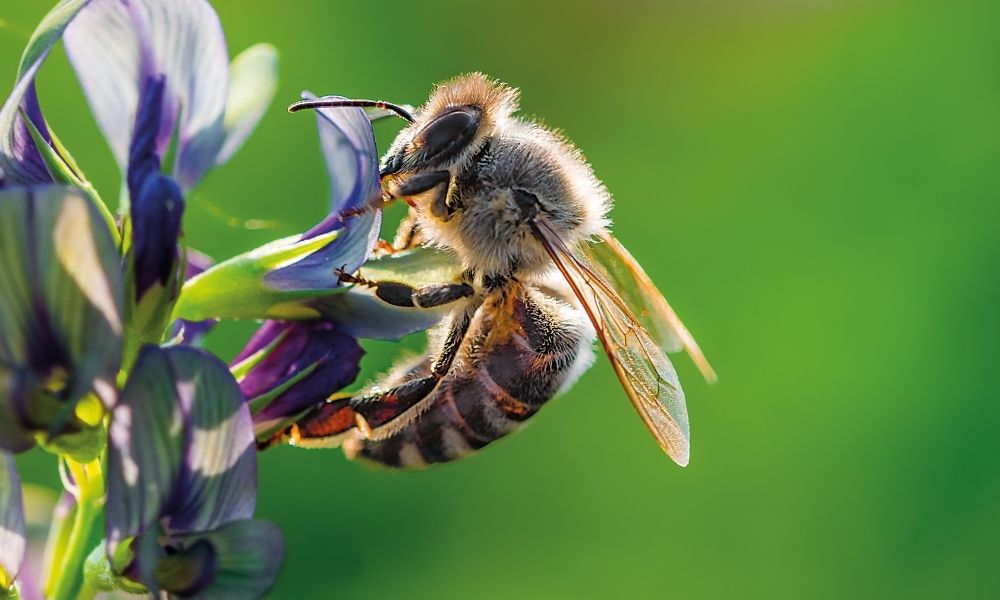
Home gardens are an interesting challenge to undertake. The scope is limited only by how much space you are working with in your yard. Gardens also benefit more than just your home. By making a few adjustments to the foundations of your backyard, you are fully capable of helping the ecosystem around you as well. These are some ideas to try when making an environmentally friendly garden.
Source Your Materials Locally
From the seeds you use to the tools needed to help them thrive, the closer your materials are sourced to your home, the better. Many soon-to-be gardeners do not consider the carbon footprint of creating a garden. Try keeping track of how close everything is and consider local farms for old equipment they do not need anymore.
Avoid Pesticides and Chemicals
Using pesticides helps remove tiny insects from the food you are growing. However, it also hurts the insects that are beneficial to the growth of both your garden and local plant life. Bees already struggle with several threats today, and helping keep them safe when they visit your garden helps to reduce the chance of them dying before coming home. Avoiding these chemicals also keeps any food you produce from being contaminated during consumption.
Collect Rainwater
So long as it is allowed within your state, collecting rainwater for later use is a great way of reducing the amount you need from the tap. This is a great sustainable method that helps you prioritize where some of your water goes rather than it being wasted. Having a reserve of water is also a good way of keeping your plants refreshed if a sudden dry spell visits your area.
When it comes to environmentally friendly garden ideas, you have many possibilities. By keeping your garden sustainable with as little need for additional resources as possible, you’ll plentifully increase the impact it leaves on your local environment. Consider implementing a few of these tips and watch as you create a garden that’s naturally beneficial for more than your next plate of food.






